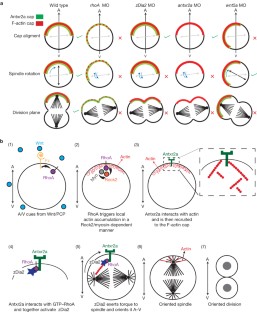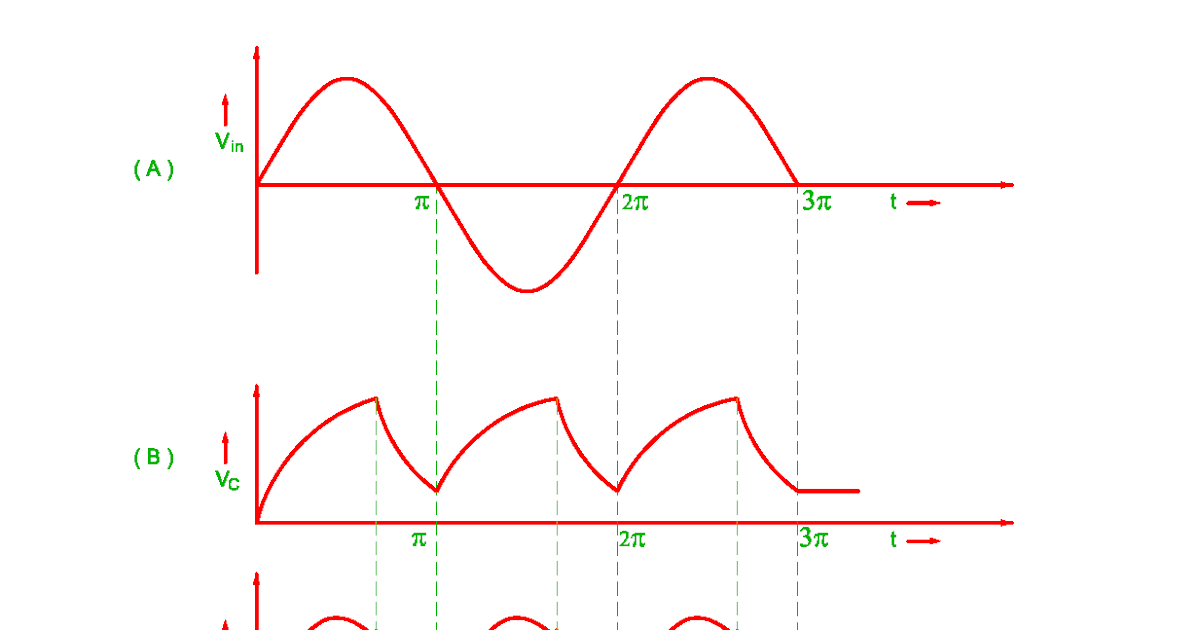
Removal of capacitors from the signal path in the preamplifierīefore the audio signal reaches the module of the amplifier itself, it must pass through three pairs of electrolytic bipolar capacitors, that are in its path.

The interior has been divided into three main printed circuit board, which in addition can be easily separated from each other, so you do not have to disassemble the entire structure every time. The construction in terms of service has been very friendly designed.

I must admit that maintaining the character of the amplifier was not easy, and all the details and problems that I came across I described below.ĪZUR 651A is an integral construction and inside it, in addition to the module of the power amplifier itself, there is also a preamplifier module, responsible for receiving the input signal, its possible correction and volume control. I believe that the modifications I made have kept the character of the amplifier and at the same time improved all its aspects. That is why you should be vigilant and cautious, so that there is no situation, where we have to accept the change that involves a significant compromise. In most cases, blind replacement of components, for a better class, brings a positive effect, but with some modifications you can radically change the sound and character of the amplifier, not always in advantage.
BI POLAR CAPS IN SIGNAL PATH PROFESSIONAL
The construction of the device, despite some drawbacks, is not bad and my work showed, that one can significantly improve its sound at a low cost.ĭuring my adventure with the modification of this amplifier, I learned how difficult the tuning process can be and I understood how professional tuning differs from replacing components “blindly”. It can be considered that these are not very important aspects, but it is precisely these details that decide about those little flavors, that we will be able to hear or not. AZUR 651A includes several unconventional solutions, competitive products in this price class already have, for example, inputs on relays or better thought-out power supply. The amplifier, with its sound and quality, matches and maintains the construction level for about 750 USD, however, the modifications I have made have shown that much more can be obtained from this construction. This situation also has its advantages, because Cambridge Audio devices are therefore very susceptible to modifications, and the obtained results are more than satisfactory. Like many Cambridge Audio products, this amplifier was built under the strict supervision of the accountant and the elements used for its construction are including in the budget class.

I can understand earlier it was tough to get high value ceramic capacitors.Now that too being easily available (of course at a trade-off of cost)should it be a problem ?Īlso the various attributes of non polarized ceramic capacitors like temperature stability should give it an upper hand. He has replaced all the electrolytic in the signal path of his audio equipment with non polarized caps. I have a friend who's into music in a big way. Another difficulty is that the actual value of capacitance may be neither very accurate or very stable.Polarized capacitors are usually electrolytic, I.e., part of the capacitance has to do with chemistry, which is slow, so they can introduce phase errors" They usually require a dc polarizing voltage to stabilize the oxide layer, and being a chemical process, either very high or very low temperatures can be a problem. You'll ruin a polarized cap by passing AC through it".Polarized capacitors use a very thin oxide layer as the insulating medium between the plates, so that the capacitance per unit volume can be made very high. Unfortunately everythng i found just doesnt go by this advice.Please see my findings below:

Not convinced with this I started searching for reasons. I been adviced to use polarized capacitors for AC coupling of Audio signals.


 0 kommentar(er)
0 kommentar(er)
